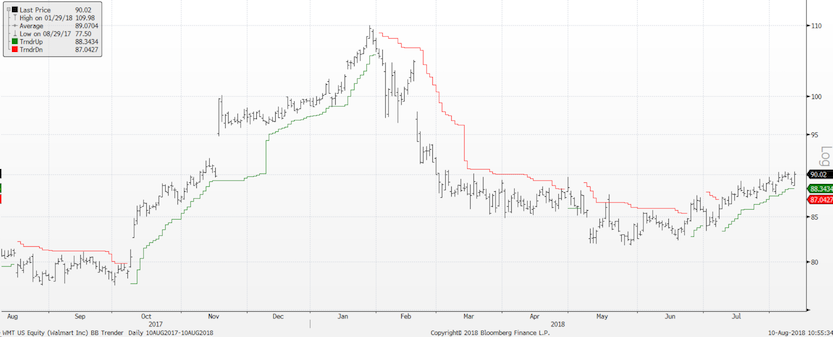In my formative years as a technical analyst, I learned all about different methods of calculating stops and how to incorporate them into a trading strategy.
I was initially surprised as I worked with institutional money managers and found many of them did not use stops for either philosophical or logistical reasons.
The philosophical reasoning usually came across as a form of overconfidence. I mean, why do you need a stop if you’re going to be right?
Using a stop is like a prenuptial agreement for a trade. Just in case things don’t work out, perhaps we need to have a way to resolve things to minimize pain for everyone involved.
For many investors, a stop is considered an admission that you may not end up being right. And institutional investors believe that hard work and thorough research and a solid investment thesis are the game. In reality, staying solvent is really the game!
The logistical reasoning involves the challenges of applying even simple stops when you’re running a large amount of assets.
If it takes you days and even weeks to build up a meaningful position in a stock, how excited would you be to dump it all because the stock hit some arbitrary price level? Would you even be able to dump the stock if you needed? Is it worth selling now just to get in a at a lower level?
So how should an institutional investor use stops?
The reality is that most institutions are trend followers. And something like a trailing stop is essentially an indication that the current trend is in the process of ending.
This is why the William O’Neil methodology uses the 50-day moving average and why Bloomberg as things like the Bloomberg Trender indicator. These will trail the price from below during an uptrend, and are a good thing to screen on to find stocks that are violating these trailing stop levels.
The Bloomberg Trender follows price and shows when a trend is starting to reverse (see below).
In terms of the behavioral challenge of stops, investors should always play devil’s advocate and mentally take the other side of the trade.
I would always ask research analysts, “What would you need to see to convince you that you’re wrong.” To put another way, what would be your mental stop for this trade your suggesting?
If someone is unable to clearly articulate their stop level or exit strategy, that tells me that they are likely overconfident and have not sufficiently considered the other side of their call.
Regardless of your investment horizon, a disciplined use of stops can help you minimizes losses, manage risk, and live to invest another day!
Twitter: @DKellerCMT
Any opinions expressed herein are solely those of the author, and do not in any way represent the views or opinions of any other person or entity.









